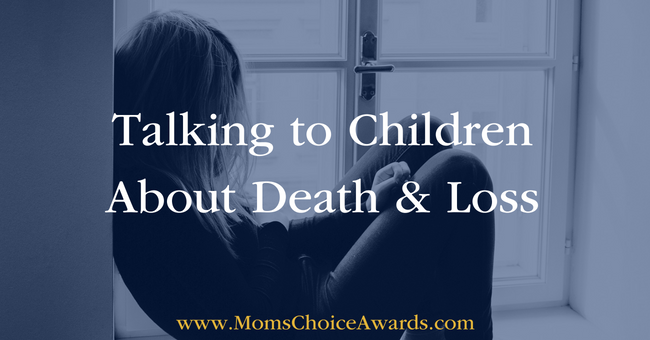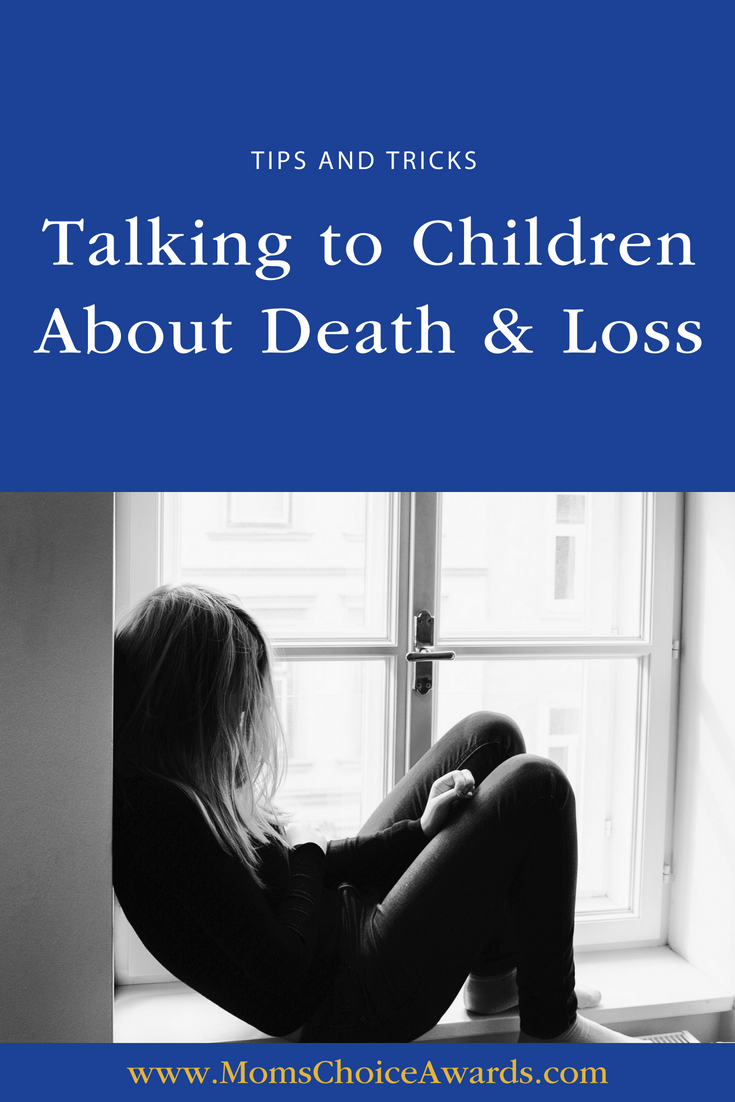 Patricia P. Gage, Ph.D
Patricia P. Gage, Ph.D
School & Consulting Psychologist
Twitter | Facebook
When you have to initiate the difficult discussion with children about death it’s best to ask open-ended questions to solicit their thoughts and feelings. Instead of worrying about what to say, try to create opportunities for the bereaved child to talk to you about death. When answering children’s questions, make sure you understand what they are asking by referring questions back to them. This can help clarify their specific concerns and can help you figure out what’s bothering them. For example, if a child asks what will happen to grandpa now that he has died? We might say, “what do you think will happen to grandpa?” If he says something about going to heaven to be with grandma, say “that’s a beautiful thought” but you should not respond with a detailed explanation of how the body will be buried in the ground and then eventually decompose and become part of a new cycle in nature where new plantings will begin to grow. Avoid overloading the child with detailed information. Their questions should help guide the discussion. When children are ready for more detail they’ll come back to you with more questions.
Begin by exploring your own assumptions and beliefs about life and death. Has anyone close to you died? What did their death mean to you? How did people help you? Recognize the varying religious beliefs held by students and remember that just as students wonder about life they also wonder about death. They should be taught that death is part of life, just as being born, eating, drinking, sleeping, laughing are part of life. A number of books available that can further assist you to stimulate discussion. Saying Goodbye by Jim & Joan Boulden is a great book for elementary school grades. Discuss with them what caused the death.
Clarify that it was a serious illness, and name it. For example, he has a disease called cancer. For older students you may want to explain that cancer is a disease in which the body’s cells become abnormal, they grow and reproduce without control. While there are many forms of cancer that are cured, unfortunately this type of cancer spread too fast to many parts of the body and she could not be cured. This type of illness is not like the one students often experience like a flue, a cold or a sore throat. Reassure them that they had nothing to do in causing the illness or able to stop it in any way.
Avoid taking any specific religious stand on how you explain death. You can share your faith as faith, not fact. The facts about death are actually rather limited. We know the body ceases to function and the person is no longer able to breath, eat, drink, sleep or do any of the things that people who are living can do. Use examples that children understand from nature or their everyday life, such as the seasons, trees without leaves. We can visit the remains of the deceased but the life of the person, often called the soul or the spirit, is no longer present. Some believe that after our death, we will be reunited in heaven with God. Avoid saying that God took her away or the deceased is looking upon us because that can cause more fear and worry in a child if they do something wrong and the deceased and God is looking. It can also foster resentment why God had to take their loved one from them. If a child is told that his mother was ready to die and be with God because she was hurting so bad, he might feel abandoned and become angry with his mother for choosing to leave him. Often adults tell adolescents to “be strong” for their parent. This can leave the adolescent with no appropriate outlet for their intense feelings of grief. We know from research that grief has no relation to “understanding”, but rather is a feeling response. When a child is able to love, then a child can grieve. The collection of grief emotions can include numbness, shock, fear, guilt, longing, disorganization, sadness, shame, panic, and despair. Dr. Elizabeth Kubler-Ross, simplified understanding the grief process by categorizing these emotions into five stages. They are:
- Denial – Not believing what is taking place, “this can’t be happening to me.”
- Anger – A deep-seated rage over what is happening. The anger is often displaced in all directions, friends, family or God, “why me.”
- Bargaining – An attempt to exchange something we are willing to give up, for something we want to keep. It is usually an attempt to postpone or fix up the inevitable, “If only…” or “what if.”
- Depression – A feeling of being unable to cope, life seems overwhelming, usually is experienced when the reality of the situation sets in, “what’s the use.”
- Acceptance – Learning to live with change. It is a time when the past is no longer pondered and the future begins to be hopeful again, “yes this happened, I’m not happy about it but life goes on.”
While it’s important to move through each of the five stages of grief they don’t have to be experienced in any order and over a specific period of time. Kids in particular do not have the maturity to follow any particular pattern. It can take years and all we can do is remind ourselves that the process is very personal and it requires our patience and caring for one another.
 About Dr. Gage
About Dr. Gage
Dr. Patricia Gage has a PhD in Child/School Psychology, and a master’s degree in school psychological services from New York University. She received her bachelor’s in Elementary Education and Psychology from Hunter College. She has been a practicing school psychologist for thirty years and is the cofounder of a second company, Hang In There, LLC, which writes and produces a series of mini books with parenting tips for new parents. She is a member of the National Association of School Psychologists and the American Psychological Association. She has been instrumental in developing a number of local programs for children with disabilities, including the Mainstream Instructional & Behavioral Consultation Program for the Martin County School District, Weebiscus for Hibiscus Children’s Center, and the Academic Center at The Pine School. She is also the founder of Women In Philanthropy, a women’s philanthropic circle that helps to start programs in the community that promote wellness for women and children. She was selected Rotarian of the Year 2002-2003 and 2009-2010, and was the Martin County Women of Distinction for 2003 for the business/Professional category chosen by Soroptimist International. Find her at www.hangnthere.com
View all posts by Patricia Gage here.







One Comment on “Talking to Children About Death & Loss”
I have read and shared Dr. Gage’s children’s book, “Long Live The Queen” , which helps children understand when a loved one is faced with a cancer diagnosis. It covers topics such as what the child can expect to see their loved one experience and ways that they can be helpful during the process. A touching, easy to understand story that reduces fear of the unknown.